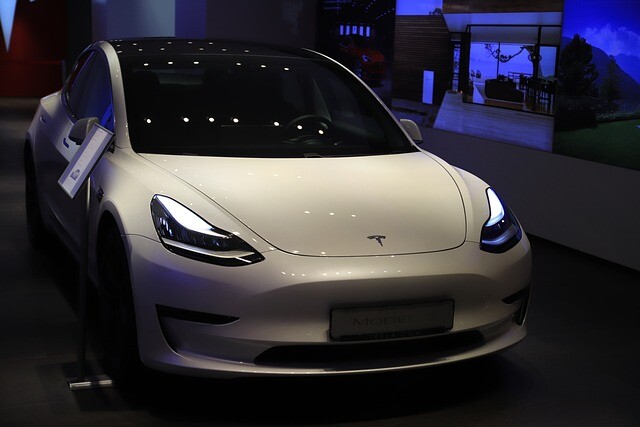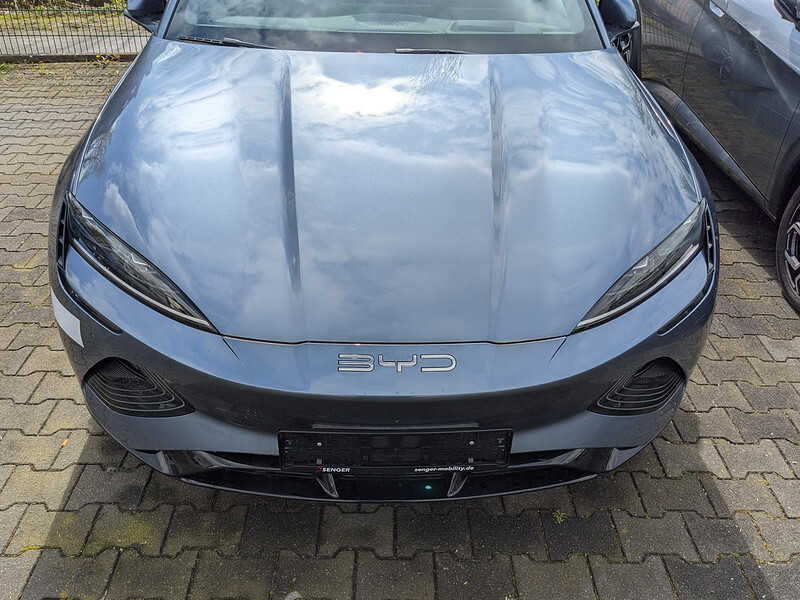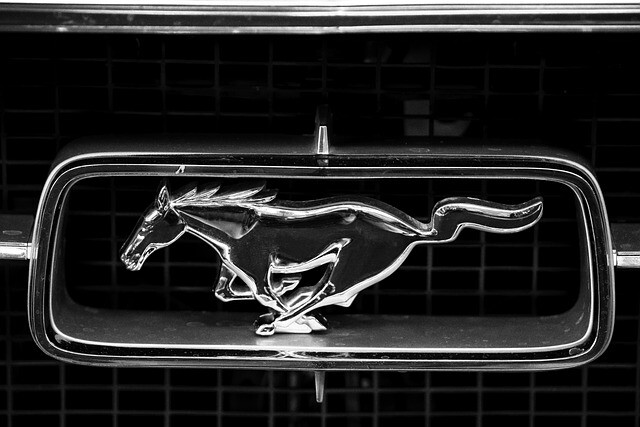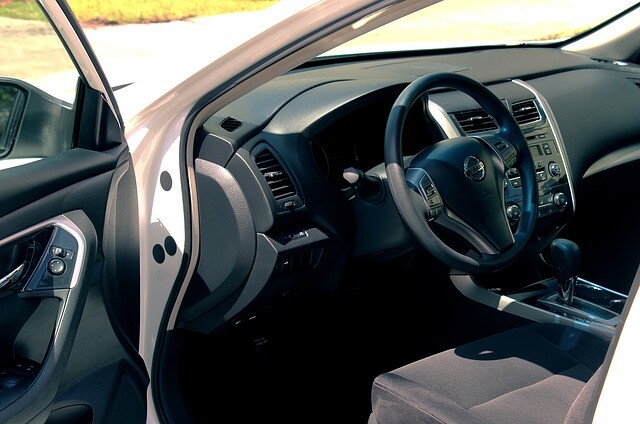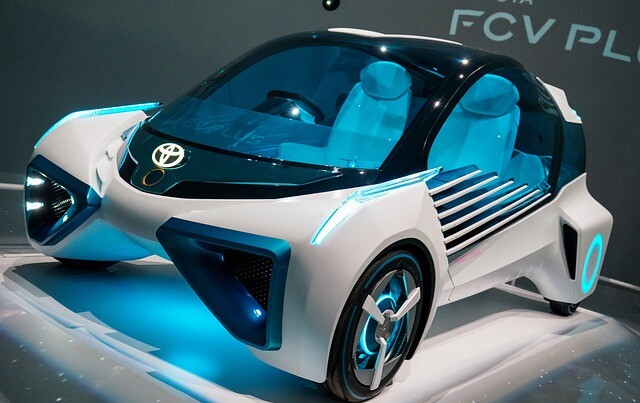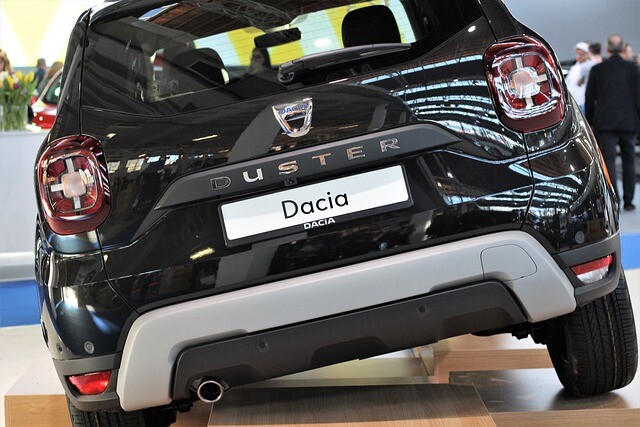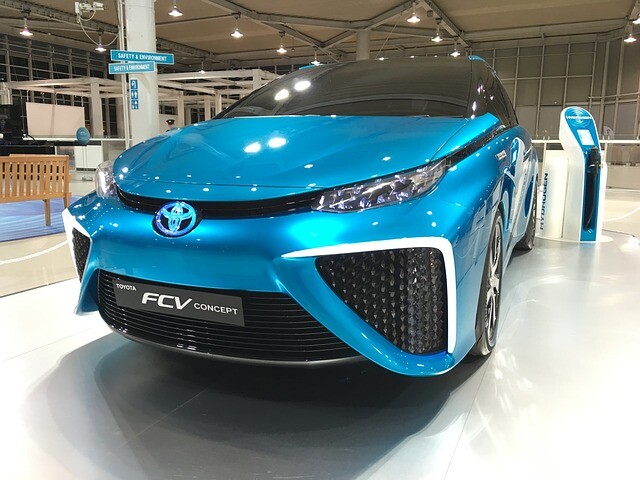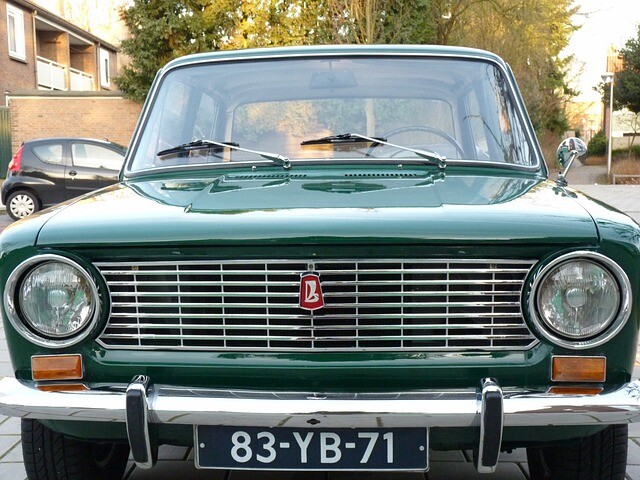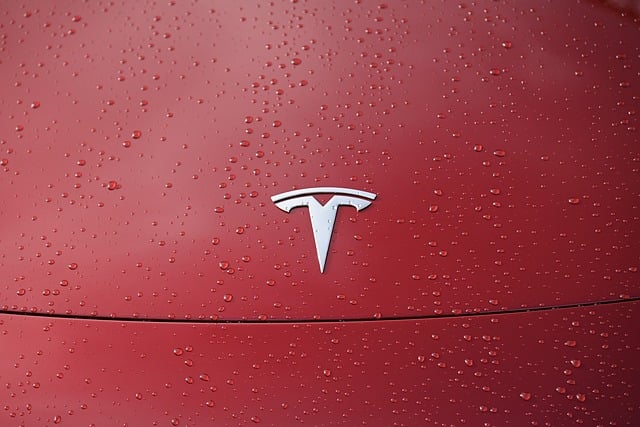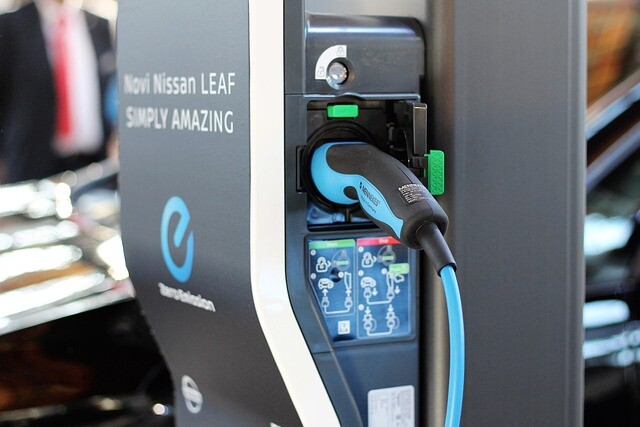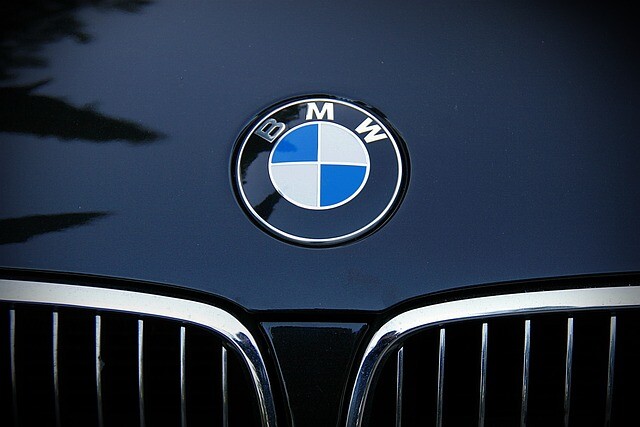This solar cell is then encapsulated in a special polymer so that the system can now withstand water, the water decomposer and the solar cell can be integrated into a single unit, reducing installation space and cost and making the system easier to use.
The energy of the future?
You throw it into the water during the day and produce hydrogen in the evening with a device developed by an American university that, moreover, is cheap and easy to manufacture. That could be the key to the future.
The solar cell produces electricity, the electricity breaks the water down into hydrogen and oxygen, and the carbon-neutral energy carrier is ready: our children are already learning this process at school. But high-efficiency solar panels don’t like water and are terribly expensive, so we can’t build equipment that would be enough to put in water and forget about.
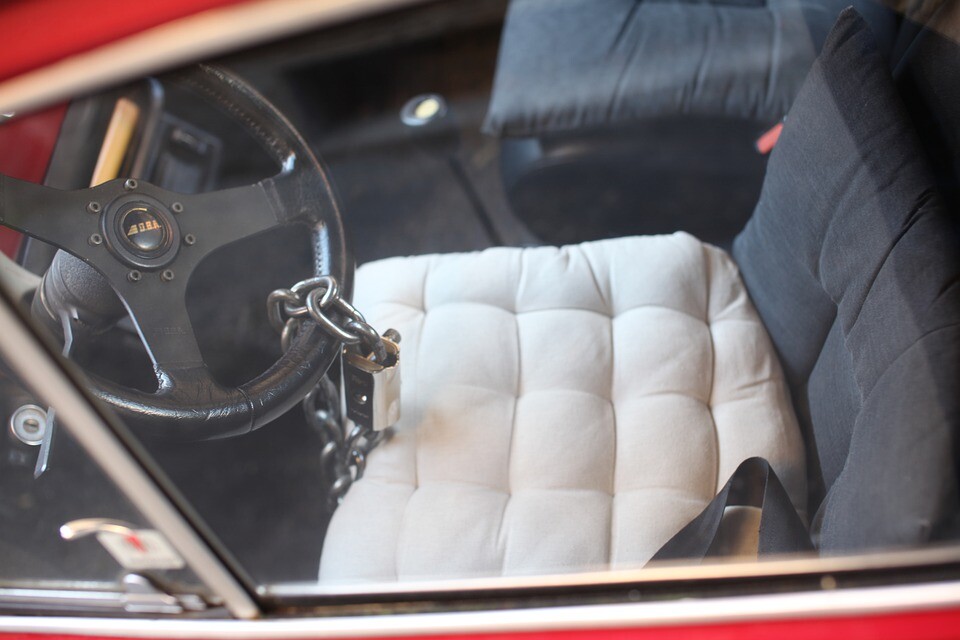
Except now it seems researchers at Rice University in Texas have found a solution. They used perovskite crystal solar panels known for their excellent efficiency, but not high-end ones that are unaffordable, but much cheaper ones, which still have a good efficiency of 6.7%. Other components of solar cells have also been replaced by cheaper ones: for example, carbon has been used instead of platinum.
The system is virtually self-sustaining: if the sun is not shining, the hydrogen and oxygen produced can be recycled for power generation and further water decomposition. Let’s say we don’t understand what that makes sense, in any case, the researchers are very proud of this possibility (or we misunderstood the description of the process).
The thing is topical because more and more automakers are moving towards a hydrogen fuel cell. Toyota plans to produce 30,000 Mirai sedans a year from this year, which it would increase to 200,000 units in 5 years. Hyundai’s hydrogen fuel cell car is also available for purchase, BMW has also boarded the hydrogen train, and Rolls-Royce and Daimler recently announced that they will jointly develop stationary hydrogen fuel cell power generators. If this development is met with an adequate supply and cost of hydrogen supply, the spread of the technology can begin.
(Source: vezess.hu / photo: pixabay.com)

